#Studio lighting
Text

83 notes
·
View notes
Text
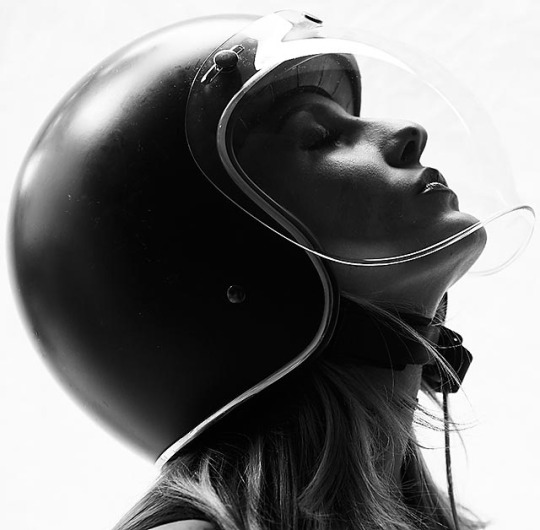
Photo credit: Stan Evans
#Canon 5D Mark III#moto photography#photo shoot#moto love#motorcycle#motorbike#lifestyle#moto adventure#classic bike#moto life#motorcyclelove#girl on helmet#moto helmet#photo of the day#beauty#portrait in helmet#studio lighting
54 notes
·
View notes
Text
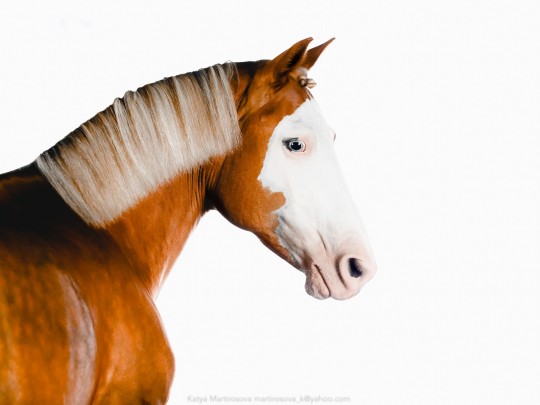

Amadey
#horse#horse portrait#studio lighting#horse photography#equine#equine portrait#equine photography#pony portrait
76 notes
·
View notes
Text

Male Nude (Hands Behind Back), 1952, Horst P Horst
I’m back!! Finally after months of appealing the explicit label Tumblr placed on my blog, they lifted it.
#Horst P Horst#male figure#black and white photography#studio lighting#studio photography#gay art#queer art#gay artists#art history#male nude#malefigure#gay#queer history#New York artist#homoerotic#vintage gay#retro photography#1950s#1950s gay#1950s photography
952 notes
·
View notes
Text
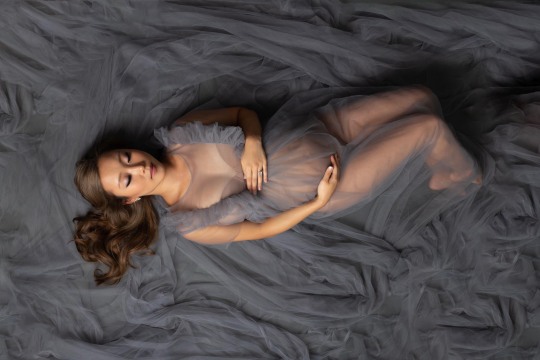
Dallas maternity photographer
#maternity#maternity photographer#studio photographer#studio lighting#maternity dress#aerial#dallas#photographers on tumblr#original photographers
18 notes
·
View notes
Video
Peacock Feather Macro by DisstonRidgeStudios
Via Flickr:
Canon R6 MP-E 65mm 1-5X Macro WeMacro Rail Godox X2T Flash Trigger Godox MS-300 Strobe Zerene Stacker
#beautiful#black#blue#colorful#Canon EOS R6#calm#Canon#delicate#EOS#serene#yellow#red#WeMacro#Florida#green#golden hour#macro#Makro#moody#MP-E 65mm 1-5X Macro#feather#purple#jewel tones#R6#rainbow#studio lighting#still life#tranquil#Zerene#Zerene Stacker
2 notes
·
View notes
Text

The lovely Leyla McCalla | Feb 2023
#leyla mccalla#anti records#pentax 645z#lauraepartain#laura e partain#profoto#studio lighting#music photography#medium format digital#digital medium format
9 notes
·
View notes
Text
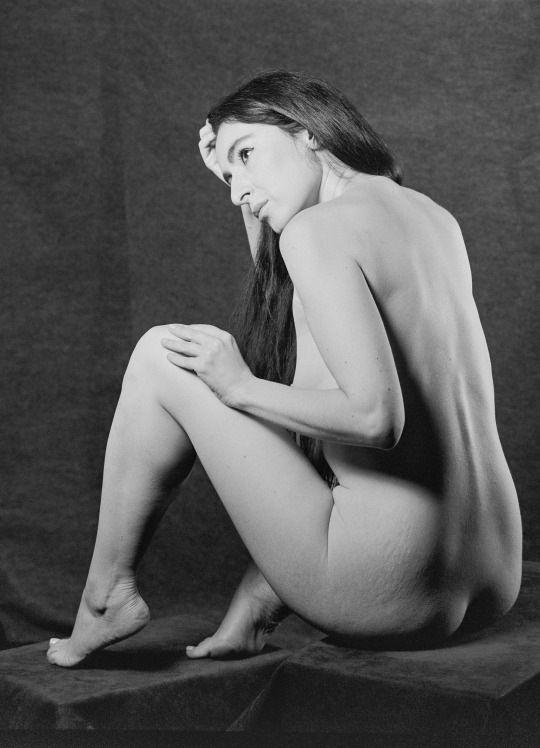
More posing and lighting study practice with @innabgnyc
One large strip box camera left and one small strip box camera right. This time I moved the left-side box further back a bit and tilted it more, angled towards her face. This created more tonality -- critical when there's no color to provide contrast and depth.
#kodak film#tri x#film photography#120 film#film#studio lighting#figure study#art nude#portrait#beautiful women#medium format
5 notes
·
View notes
Text

pinkshift 2023
#musicphotography#concert photography#pinkshift#hopeless records#ashrita kumar#portrait photography#studio photography#studio lighting#pop punk#love me forever#lmf
30 notes
·
View notes
Text



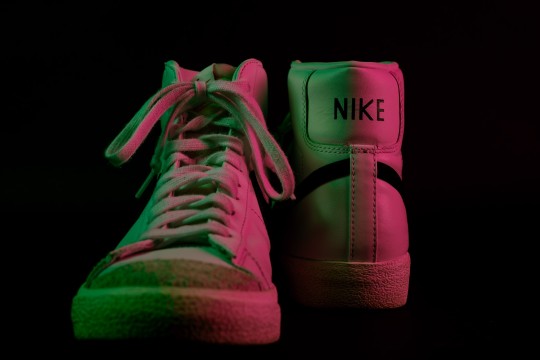


color theory in the studio
#photography#photographer#photographers on tumblr#women photographers#college student#college#studiophotography#studio lighting#nike#nike blazer#nike shoes#shoes#color theory#color photography#neon colors#colorful
4 notes
·
View notes
Text




My friend Xavier (photographed in 2019) ❤️
#photography#portraiture#studio#studio lighting#blackness#black photographers#red#yellow#pink#art#artists on tumblr#black people#black tumblr#art photography#colorful
11 notes
·
View notes
Text
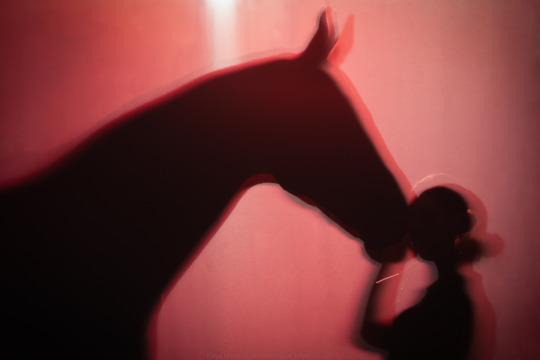


#horse#horses#horsemanship#photography#equine#equine photography#horse portrait#studio lighting#shadows#silhouttephotography
90 notes
·
View notes
Text
Natural Light and Studio Light: Gotta Know Both as a Photographer

Photography enthusiasts understand the critical role that lighting plays in capturing captivating images. Two primary lighting options often considered are natural light and studio light. Both styles have their own unique qualities and complexities, making them suitable for different situations.
Natural light offers versatility and authenticity, allowing photographers to capture moments as they naturally unfold. Understanding the concept of golden hour, the period shortly after sunrise or before sunset when the sun is low in the sky, is crucial. During this time, the warm and soft light creates a magical glow that adds depth and dimension to photographs. Diffusing harsh sunlight and utilizing reflectors to balance shadows are essential techniques for working with natural light.
When shooting under direct sunlight, it’s essential to diffuse the harsh light to avoid creating unflattering shadows. Tools such as diffusers or translucent materials like fabric or specialized panels can soften the light, resulting in a more even illumination. Reflectors are also valuable for manipulating natural light. By bouncing sunlight back onto the subject, they fill in shadows and create a more balanced exposure. Controlling backlight is another technique to master in natural light photography. Backlighting occurs when the primary light source is behind the subject, creating a halo effect and emphasizing the outline. However, it requires careful exposure management to prevent underexposure of the subject. Utilizing exposure compensation or fill flash can help balance the exposure and maintain detail in both the subject and the background.

On the other hand, studio lighting provides precise control, allowing photographers to bring their artistic vision to life and execute more controlled and stylized images. Understanding light placement, working with light modifiers, and balancing color temperature are crucial in a studio setup. The positioning of key lights, fill lights, and accent lights determines the shape, texture, and mood of the subject. Light modifiers such as softboxes, umbrellas, and grids allow photographers to shape and control the quality of light, creating different effects to suit their creative vision. Balancing color temperature ensures accurate color representation in the images.
While some photographers may view studio lighting as a betrayal to the art of photography, this kind of thinking is shortsighted. Natural light has its allure, but relying solely on it can limit artistic range and consistency. Studio lighting offers a wide range of creative possibilities and control that cannot be achieved with natural light alone. It requires technical knowledge, skill, and an artistic eye to master. By embracing both natural and studio lighting and understanding their complexities, photographers can elevate their craft and produce striking and impactful images.
In the end, photography is an art form that thrives on experimentation, innovation, and pushing boundaries. Restricting oneself to only one lighting style limits artistic growth and potential. By embracing both natural and studio lighting and understanding their complexities, photographers can harness the power of light to create extraordinary images that captivate viewers. It’s the ability to adapt, learn, and embrace the diverse tools at our disposal that truly allows photography to flourish as an art form.
#photography#photography lighting#studio lighting#natural light#Marc Neal Photographer#agent for photographer#looking for an agent
2 notes
·
View notes
Text



Bongoo & Dori
#dog#pet#animal portrait#animal photography#studio lighting#studio photography#photoshoot#photo studio#low key#jerome cha photography#nyc#photography
6 notes
·
View notes
Text
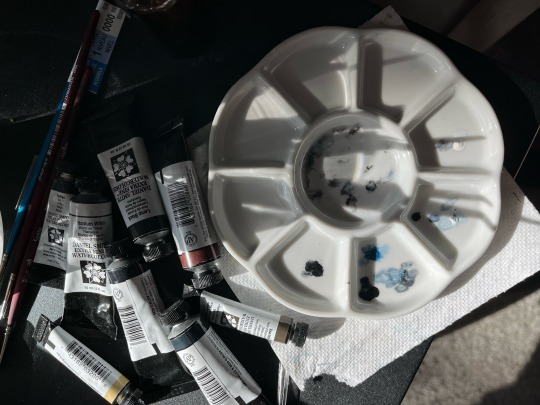
#studio inspiration#studio ambiance#studiophotography#dream studio#studio lighting#studio life#art studio#lighting#art supply haul#art#birdstagram#watercolor painting#drawings#fine art#scrubjay art
2 notes
·
View notes
Photo

Studio Lighting Portrait Assignment
Model: Sophia Keller
2 notes
·
View notes
